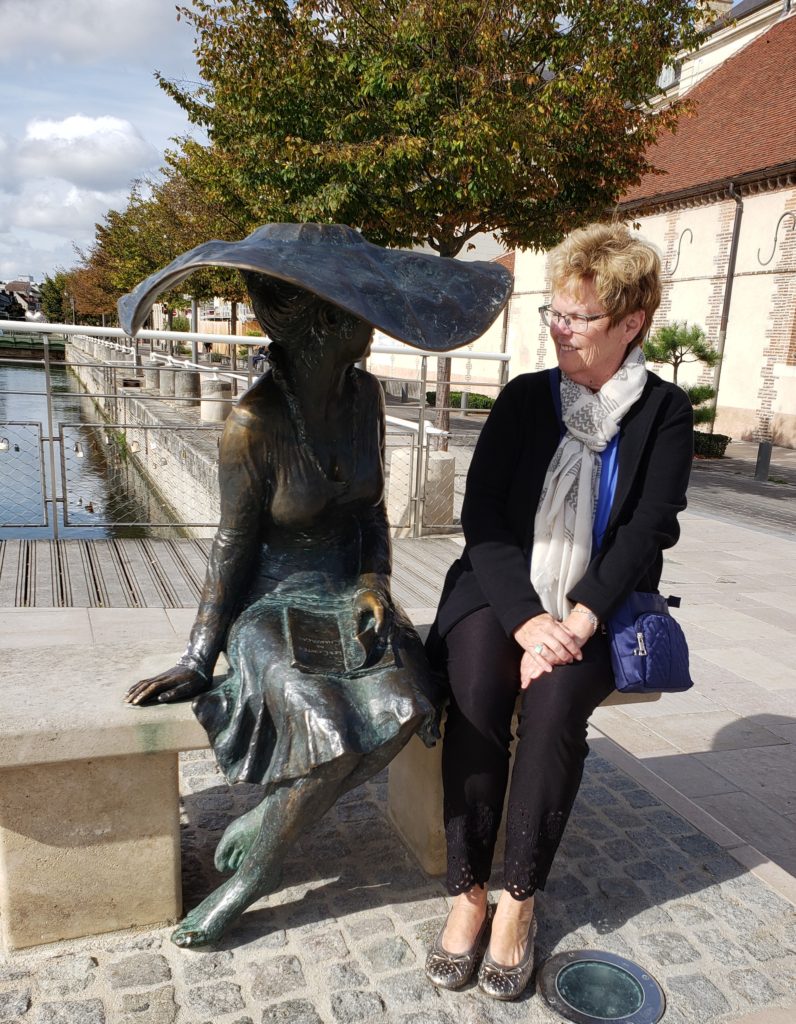The city of Troyes is steeped in more history than I can recount.

Take books, especially pocket books. More commonly recognized as paperback books, these got their start here in Troyes.
Starting out as “Blue Books” in the early 17th century, these were recycled books that had already been published. A printer in Troyes turned them into new editions.
Clever guy.
They were re-written, abridged versions designed for the general public instead of just school kids. With fewer pages, cheaper paper, smaller size, and poor-quality printing, these were definitely low cost.
Vendors could sell them at village fairs and markets all over the region. They were known as blue books because the covers were always blue. Recycled paper used to package sugarloaf was used on all the covers.
France’s first paper mill also just happened to be located in Troyes. Convenient, huh?
The city produced linen and hemp textiles as well. At that time, paper was made from ground-up rags which were transformed into pulp.
As the Champagne Fairs gained in popularity, Troyes became a major paper production center. Over a dozen paper mills produced the finest paper, sought after for quality publications.
Paper production continues today with companies using hemp fiber for paper, making tissues and toilet paper, and using recycled cardboard for new packaging.